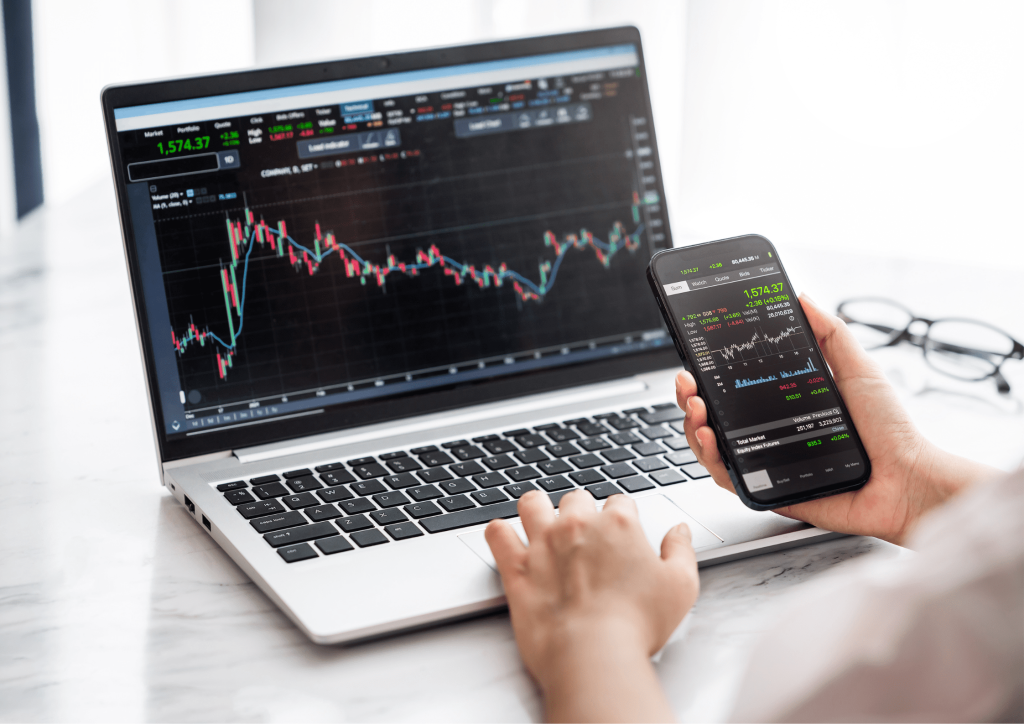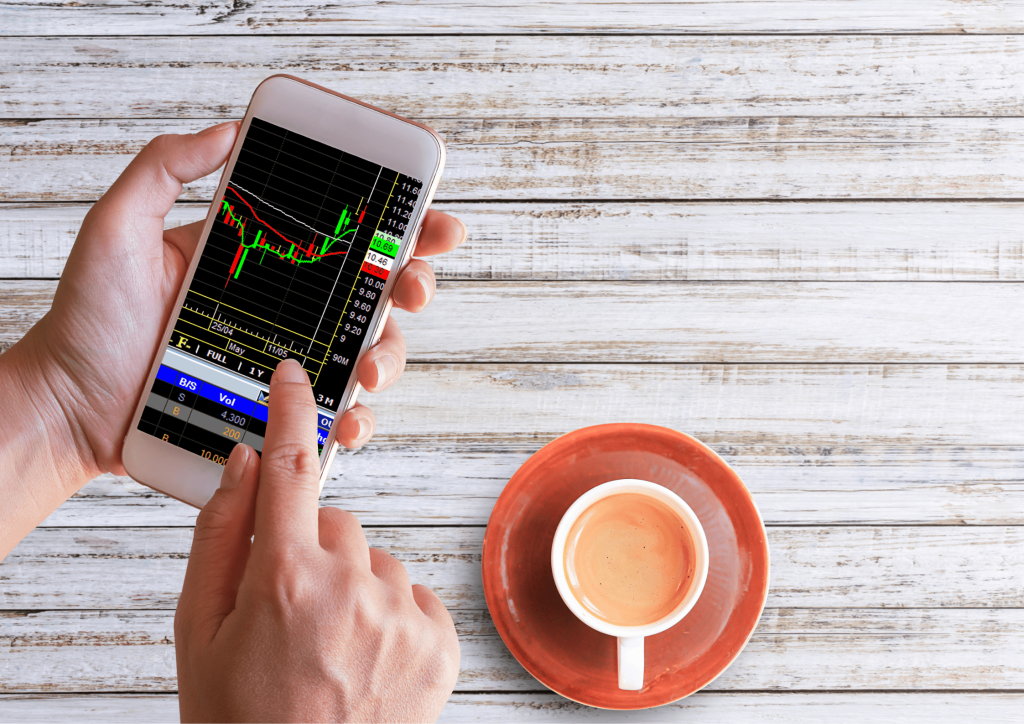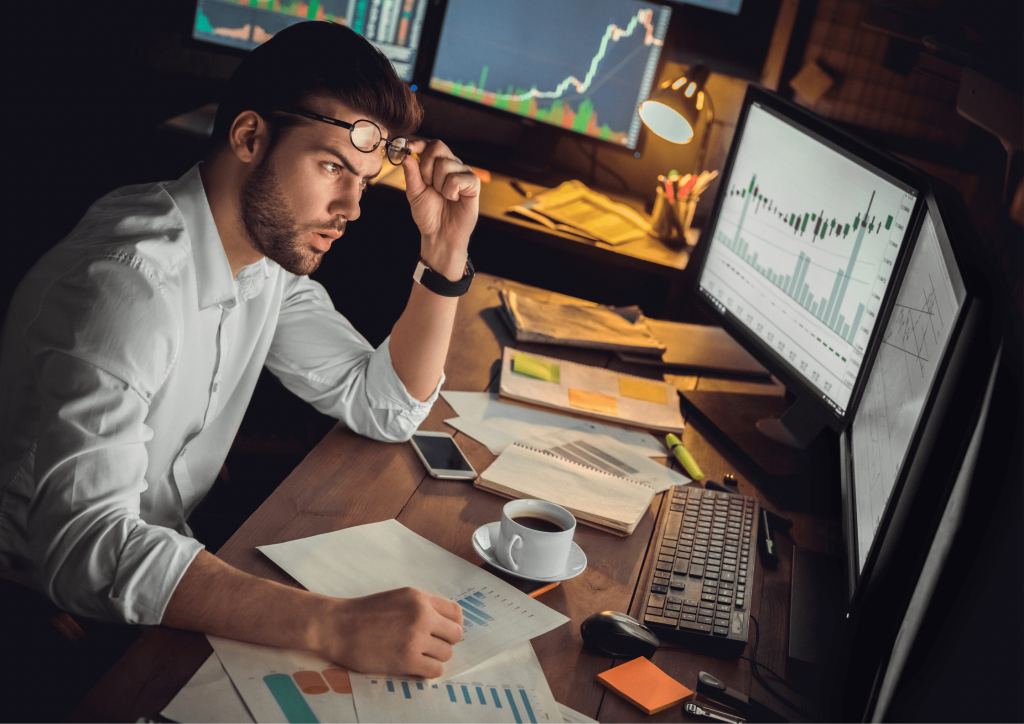In the world of financial markets, Forex trading stands as a lucrative but complex arena. Dealing in the exchange of currencies, it presents opportunities for high returns, yet it’s fraught with equally significant risks. An essential stepping stone in this journey is the use of a demo account. This invaluable tool mimics live trading conditions but uses virtual money, allowing newcomers to grasp trading mechanics and strategies without financial peril.
The purpose of this article is straightforward yet crucial: to elucidate the key considerations and indicators that should guide your transition from demo to live trading. Understanding when and how to make this shift can spell the difference between success and setback in your trading endeavors.
The Importance of Demo Trading

The value of a demo account in Forex trading cannot be overstated. As a Forex trader myself, I’ve seen firsthand how essential a trading simulator is for both new and experienced traders. Demo accounts offer a risk-free environment where you can practice trading strategies, understand market behavior, and get accustomed to the trading platform itself—all without risking real capital. This practice is also known as paper trading.
One of the most crucial aspects of Forex trading is risk management. Poor risk management can lead to significant financial losses, something we all want to avoid. A demo account serves as a testing ground for your risk management strategies. You can experiment with different levels of leverage, set stop-loss and take-profit orders, and generally get a feel for how to protect your potential investment. This practice refines your skills and builds your confidence, helping you make more informed decisions when you switch to live trading.
So, whether you’re new to Forex or an experienced trader looking to test new strategies, a demo account is an indispensable tool. It allows you to hone your skills and prepare for the complexities of live trading, making it a critical step in your trading journey.
Key Indicators You’re Ready

Firstly, consistent profits are a strong signal that you’re prepared for live trading. If you’ve been generating positive returns over a considerable period, this could be an indicator that your trading approach is effective. But remember, the past performance isn’t indicative of future results; it merely suggests that you’ve been making sound trading decisions.
The next factor to evaluate is your understanding of strategies. Mastering at least one trading strategy is essential before moving to a live account. Whether it’s trend-following, swing trading, or any other approach, you should have a strategy that you understand deeply and can implement effectively.
Finally, emotional discipline is pivotal. Forex trading can be a rollercoaster of highs and lows. If you find yourself overly excited or nervous during trades, it may adversely affect your decision-making. Emotional discipline in a demo setting is a good predictor of how you’ll manage the psychological aspects of live trading.
Risks Involved in Live Trading

Navigating the realm of live Forex trading introduces new complexities and risks that every trader should be aware of. First on the list are financial risks. Unlike a demo account, real money is at stake. A sudden market move against your position can result in substantial losses. Coupled with the use of leverage, which can amplify gains but also magnify losses, the financial stakes are considerably higher in live trading.
Next is the factor of market volatility. Forex markets can be highly volatile, influenced by economic indicators, geopolitical events, and market sentiment. While volatility can present trading opportunities, it can also lead to rapid losses. Unlike demo trading, real-world events impact live markets, making them less predictable and increasing the level of risk involved.
Lastly, don’t underestimate the psychological pressure that comes with live trading. The emotional toll can be significant, especially when faced with consecutive losses or unexpected market shifts. Emotional decision-making can be your downfall, leading to poor risk management and rash trading choices.
Also Read: Forex Trading Psychology
How to Make the Transition

Taking the step from demo to live trading is a pivotal moment in any trader’s career. To make this transition as smooth as possible, here are some guidelines to follow:
Firstly, start small. One of the most common mistakes traders make is diving in too deep, too quickly. Start with a smaller investment that you can afford to lose. This approach allows you to get a feel for live trading dynamics without exposing yourself to significant risk.
Secondly, continue to use a risk management plan. Risk management doesn’t stop when you switch from a demo to a live account; if anything, it becomes more critical. Use stop-loss and take-profit orders, and don’t risk more than a small percentage of your trading capital on a single trade. Good risk management habits are your safety net in the volatile world of Forex trading.
Lastly, review and adjust your trading performance periodically. No trader is perfect, and markets are continually evolving. Regularly review your trades, assess your wins and losses, and adjust your strategies accordingly. An iterative approach enables you to improve continually and adapt to changing market conditions.
Common Mistakes to Avoid

As you embark on the journey from demo to live Forex trading, being aware of common pitfalls can save you both money and stress. Here are some common mistakes to avoid:
First, beware of overconfidence. Early wins can inflate your self-assessment, leading to rash decisions and increased risk-taking. Overconfidence can cause you to abandon sound risk management practices, culminating in avoidable losses. Always remain grounded and stick to your trading plan, no matter how successful you’ve been.
Second, don’t fall into the trap of ignoring analysis. Many traders underestimate the ongoing importance of technical and fundamental analysis when they transition to live trading. Always base your trading decisions on a well-rounded analysis. Ignoring this crucial step can expose you to higher risks and undermine your trading strategy.
Another common mistake worth noting is lack of discipline. In demo trading, it’s easy to stick to your strategies and guidelines because there’s no real money at stake. However, the emotional stakes are higher in live trading, and lack of discipline can become a significant issue. Failing to follow your trading plan or making impulsive trades based on emotions rather than analysis can quickly erode your capital.
Also Read: 8 Common Trading Mistakes To Avoid
Conclusion
I understand what it’s like to go from demo to live trading; I’ve been there. It’s a significant change, I assure you, and comes with a healthy dose of fear as well as exhilaration. Your green lights include things like consistent profits, perfecting your go-to trading technique, and maintaining emotional composure. One of them says, “Hey, you’re ready for the next level.”
When you finally click that button to go live, start with stakes that won’t keep you up at night. Seriously, start small. And don’t toss your risk management plan out the window just because you’re feeling confident. Stick with it like glue, because that’s what’ll save you when the market throws curveballs your way.
And curveballs will come, believe me. When they do, hit the pause button and review your game. Tweak what’s not working and double down on what is. We all make mistakes—overconfidence, ignoring the charts, or getting swept up in the moment. The key is to learn from them.
FAQs
How long should I use a demo account before moving to live trading?
The duration can vary from trader to trader. Some might spend a few months, while others might take a year or more to feel comfortable. The key is to wait until you meet the key indicators like consistent profits, understanding of strategies, and emotional discipline before making the transition.
Is it possible to entirely eliminate risks in Forex live trading?
No, it’s not possible to eliminate risks completely in Forex trading. Even experienced traders face financial risks and market volatility. However, you can manage these risks effectively by following a well-planned risk management strategy.
What should I do if I incur losses soon after transitioning to a live account?
Losses are a part of trading and can provide valuable lessons. The important thing is not to become discouraged. Revisit your risk management plan, review your trading strategies, and consider scaling back your investments until you regain confidence. It may also be helpful to consult additional resources or seek advice from more experienced traders.



